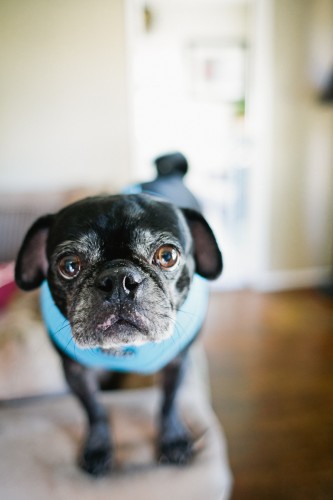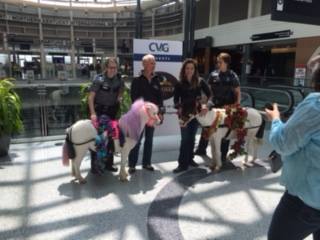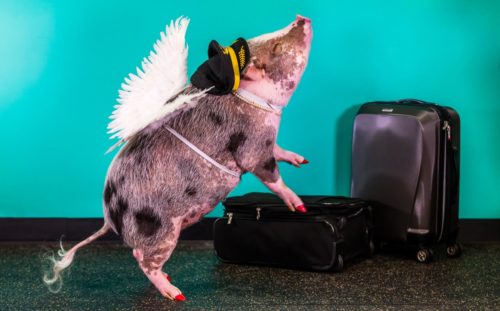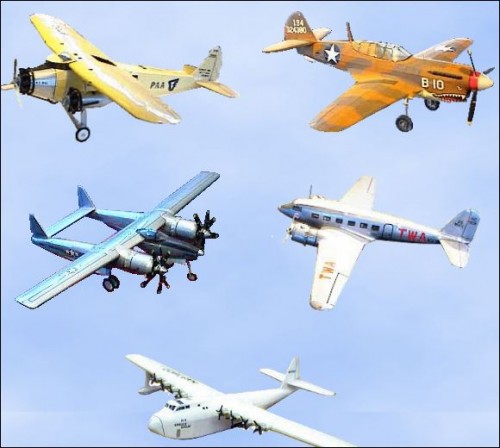
This week, the U.S. Department of Transportation (DOT) released air carrier data for calendar year 2018.
The report inludes stats on everything from arrival rates and incident involving the death of animals carried on airplanes to bumping rates and, for the first time, the number of wheelchairs or scooters that were checked and mishandled by airlines.
The full report can be found here, but here are some highlights.
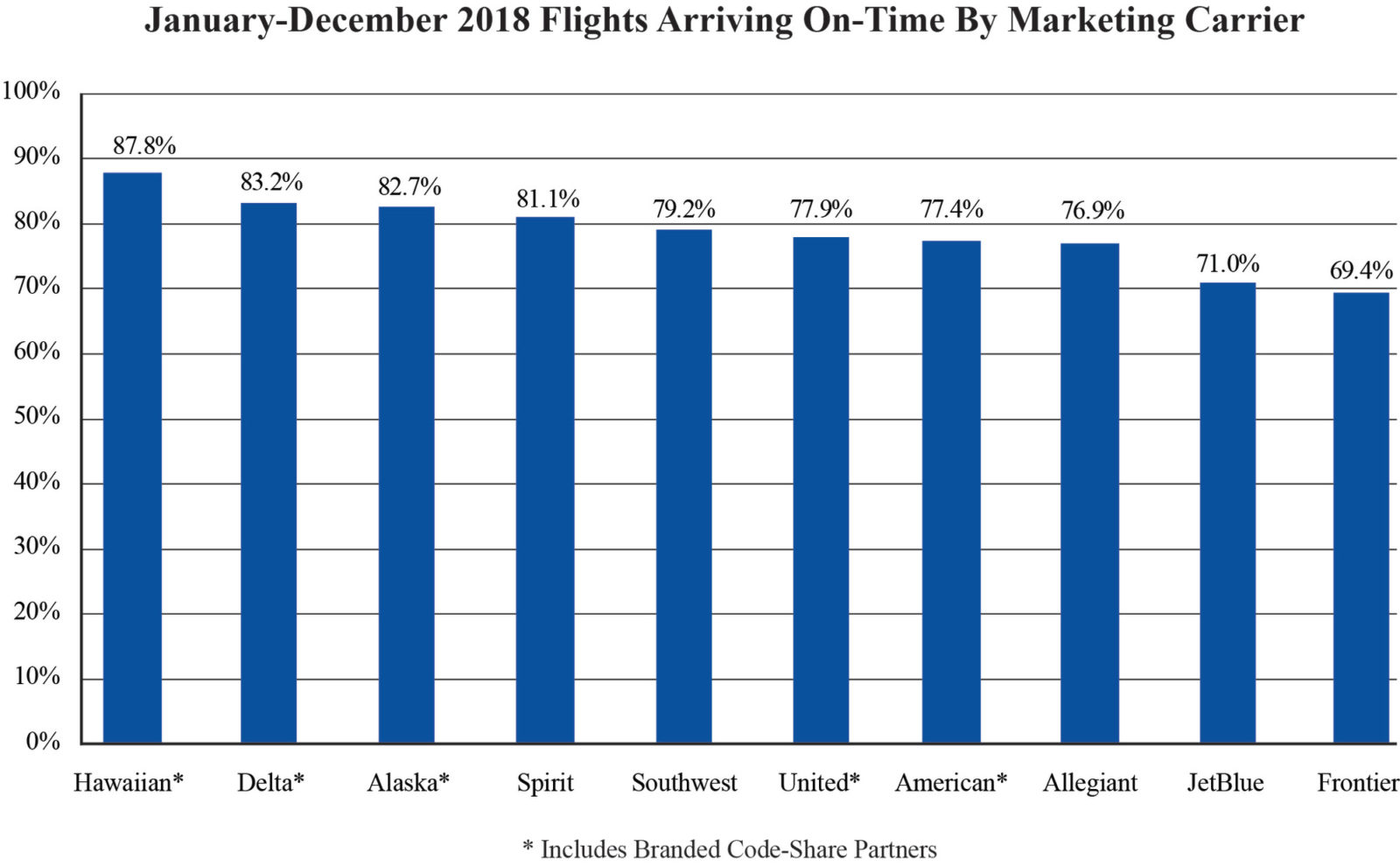
Hawaiian Airlines had the best arrival rates in 2018 – 87.8 percent – followed by Delta Air Lines (83.2 percent) and Alaska Airlines (82.7 percent).
The worst arrival rates for 2018?
Frontier Airlines (69.4 percent), JetBlue (71 percent) and Allegiant Airlines (76.9 percent).
Overall, during 2018 reporting carriers posted an on-time arrival rate of 79.4 percent, down from 80.2 percent in 2017.
Tarmac Delays
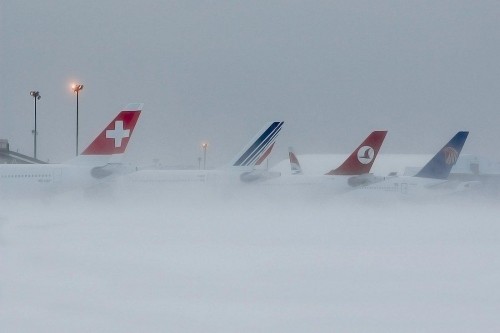
In 2018, airlines reported 202 tarmac delays of more than three hours on domestic flights, an increase from the 193 such tarmac delays reported in 2017.
In 2018, airlines reported 61 tarmac delays of more than four hours on international flights, compared to 51 such tarmac delays reported in 2017.
Incidents Involving Animals
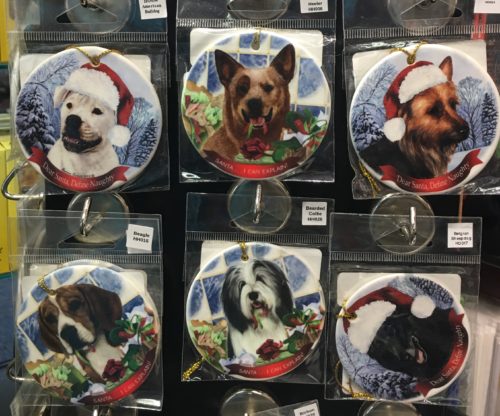
In 2018, carriers reported 10 animal deaths, injuries to seven other animals and zero lost animals, for a total of 17 incidents, down from the 40 total incident reports filed for calendar year 2017.
Complaints About Airline Service
Overall, travelers filed fewer complaints about airlines with the DOT in 2018 than they did in 2017.
In 2018, the DOT received 15,541 complaints, down 14.4 percent from the total of 18,156 received in 2017.
Complaints About Treatment of Disabled Passengers and Discrimination
In 2018, the DOT received 828 disability complaints, down 2.6 percent from the total of 850 received in 2017.
There were 96 complaints about discrimination, a decrease of 2.0 percent from the total of 98 filed in 2017.
Bumping
After a series of sensational incidents in past years, in 2018 the number of bumped passengers hit a historical low.
In 2018, reporting carriers posted a bumping rate of 0.14 per 10,000 passengers, the previous low was 0.40 in 2017.
Wheelchairs and scooters
For the first time, the DOT’s report includes the number of wheelchairs and scooters checked and mishandled by the 12 reporting airlines.
From Dec. 4 through Dec. 31, airlines reported checking 32,229 wheelchairs and scooters and mishandling 701, a rate of 2.18 percent mishandled.
